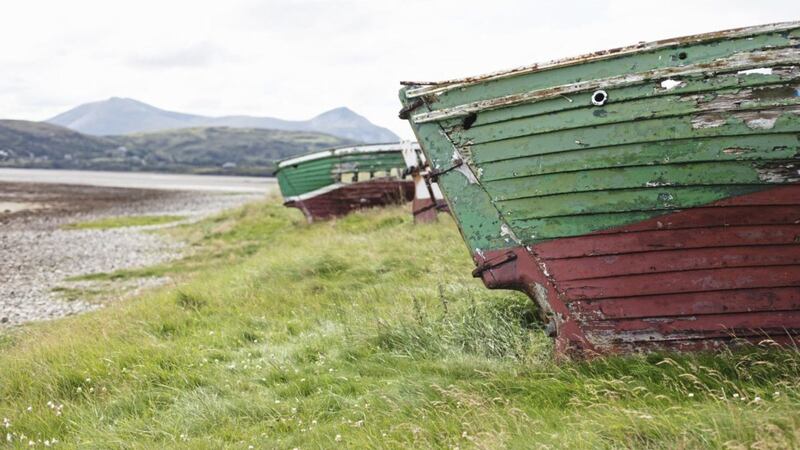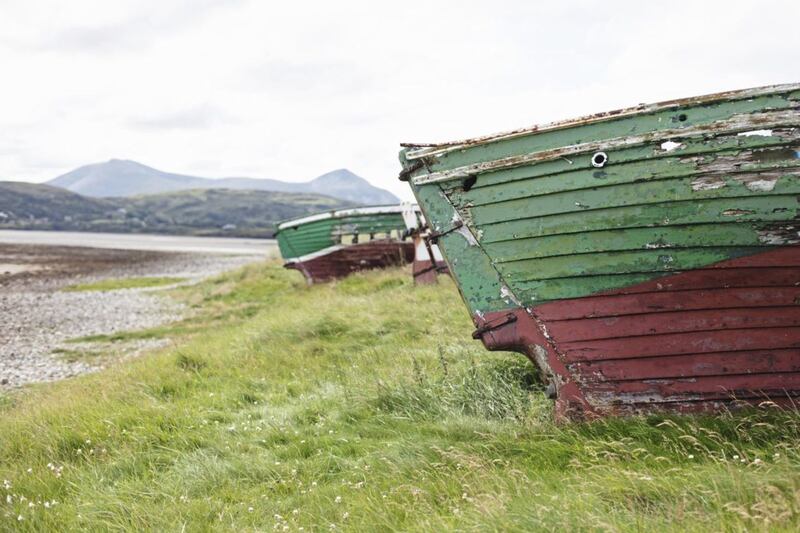FOR the best part of 20 years of my life, the end of the school year meant one thing: the bags were packed and I hit the road to Donegal to the Gaeltacht for at least three weeks.
The Gaeltacht is an Irish-speaking area where the language is living and in daily use. Immersion is the best way to learn any language, so the idea was and still is that teenagers spend three weeks living, breathing, and dreaming as Gaeilge. I did and loved it.
I’m not sure if the drill has changed much in 30 years. The first year I went to Machaire Rabhartaigh because I got a scholarship. Years in Rann na Feirsde followed when I was older.
I have to admit to taking the house with me for my annual trip, but that is a teenage girl’s prerogative, isn’t it?
The bus picked us up from Stangmore roundabout, just outside Dungannon. We seemed to wait forever on that bus; no-one had any idea when, if ever, it would arrive.
The first bus journey to Machaire Rabhartaigh was very exciting, yet terrifying. I went on my own on this adventure – none of my friends shared my love of Irish. I remember one of the teachers singing songs for the whole journey. I was in my element.
We arrived in Donegal, dragged the bags into the hall and waited to be told where we were staying for the next three weeks. Basically, some of the local people in these areas cleared out their houses for the summer, brought in bunk beds and housed up to 15 teenagers for three weeks, providing three meals a day, and speaking Irish to us whether we understood it or not.
Nowadays the houses are like hotels; most have ensuite facilities. In my day, we lay on paper-thin bunk beds for the duration, were allowed one bath a week and had to wash our clothes in the bath too. As for the food? Bread and mince are all I can remember. Not one of us complained.
The initial few hours after arrival were magical. I distinctly remember stopping in my tracks to take in the view of Machaire Rabhartaigh beach. The beach is over a mile long and looks almost tropical. Beyond the beach lies Inis Boffin and Tory Island; behind it stand Muckish mountain and Cnoc na Naomh in all their glory.
On the rare occasion that we got good weather, we frequently went on walks to the beach and played games there. We stayed in houses with girls from Newry, Belfast, Armagh, Derry, Donegal, all over. We bonded and I remain friends with a lot of them more than 25 years on.
I haven’t been watching Love Island, but I do wonder if comparisons could be drawn between it and the three week Gaeltacht course. Yes, we went to Irish, singing and dancing classes, but for many of us this was our first experience of being away from home and constantly being in the company of the opposite sex.
A lot of ‘coupling’ went on. A lot of people were ‘in love’ for 24 hours, some were love’s young dream and lasted the whole course, but it was all very innocent – meeting up at the céilí in the evening, holding hands on the beach or going for a walk to the shop to buy a Brunch ice lolly.
This three-week experience was a right of passage for me and many teenagers. We kept in touch with home once a week and had to walk to the solitary phone box and queue up for hours to phone our parents.
At the end of the course, we had the ‘book signing’ when we spent days writing letters to each other, and that’s how we stayed in touch with each other when the course was over, by writing letters. I’m guessing that the modern-day equivalent of this would be adding a few people on Snapchat or Instagram.
Every time I smell a turf fire, I’m transported back to that first day in the Donegal Gaeltacht. My days in Machaire Rabhartaigh and then in Rann na Feirsde were the best days of my life. I hope that anyone going there for the first time this year has a similar experience.




